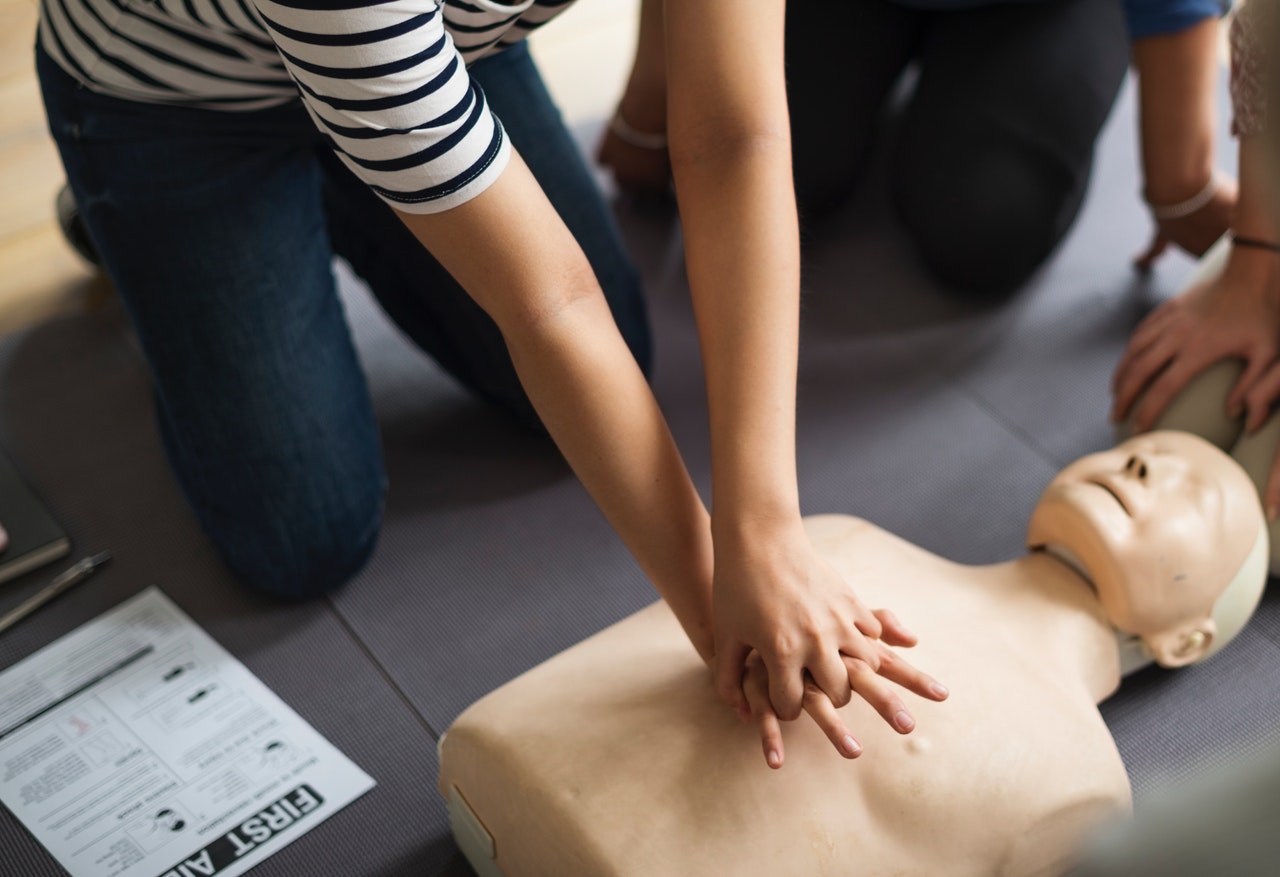The industry governing body has made a few minor changes to first aid units. These new unit/code name changes are replacing the existing units soon – they are scheduled to be published early this year.
When attending a first aid or CPR course, typically the last thing you’re actually interested in is the name – it’s the content that matters, right? But every so often the industry make changes to the structure of a course, which requires a unit name and code change.
These types of changes can cause confusion, so we thought we’d give you a heads-up and explain how they may affect you.
These changes aren’t set in stone yet, but are listed here for your reference:
Latest course changes for 2020:
HLTAID001 Provide Cardio Pulmonary Resuscitation will be superseded by HLTAID009 Provide Cardio Pulmonary Resuscitation
If you complete HLTAID001 in 2020, it will still remain fully recognised and valid for a full 12 months.
HLTAID003 Provide First Aid will be superseded by HLTAID011 Provide First Aid
If you complete HLTAID003 in 2020, it will remain fully recognised and valid for a full 3 years. In the past, this unit has been known as Senior First Aid, Apply First Aid, and even Level 2 First Aid – but most of its contents remain consistent.
HLTAID004 Provide an Emergency First Aid Response in an Education & Care Setting will be superseded by HLTAID012 Provide First Aid in an Education and Care Setting
If you complete HLTAID004 in 2020, it will remain fully recognised and valid for the full 3 years. This unit is designed for those actively working in the childcare industry. The course covers all aspects of general first aid and first aid in the workplace. It also includes bonus training in anaphylaxis and asthma specific for the childcare industry, as recommended by ACECQ.
As someone interested in first aid or emergency responses, you probably have a few questions, especially if you’ve recently studied first aid, or are planning to study first aid this year…
I recently studied the course that is being phased out, do I have to retrain?
Nope. Recognition of the superseded course names will remain. The validity of your qualification will remain fully recognised for its full, intended duration, (until it expires or you are required to take a refresher).
I want to pursue advanced first aid in the future, do these changes affect me?
There will be no requirement to do the newly named first aid units UNLESS you intend on doing the Advanced First Aid, Advanced Resuscitation or Occupational First Aid courses in the future. Contact us for further guidance on your best training options.
The course name changes are confusing.
We understand it can be confusing when the name or the code of a course changes. That’s why we’re giving you a heads up. There is absolutely no reason to worry or be confused with these normal changes. The new course codes being superseded are still fully recognised and industry accepted. There is zero reason to pursue these “new” units UNLESS you intend to move up to study more advanced units, like Occupational First Aid.
When will you start delivering the “new” units?
At this stage we plan to roll over to the new units from 1st July, 2020. Vital First Aid, along with all Australian training organisations, have 12 months from the date the new units are endorsed (expected February 2020), to start delivering them.
I want to enroll, should I wait for the “new” units?
There is no advantage to waiting for the new units to be introduced in July this year UNLESS you intend to progress to advanced courses, like the Occupational First Aid course. Gaining the new units in 2020 may actually create some confusion with employers, as only a few employers and organisations will be aware of them.
As an organisation delivering nationally recognised first aid training courses, we’re proud of the work we do in Australia to help make families, workplaces and communities safer. We understand no one wants to end up in an emergency situation, that’s exactly why the work we do is so important – it ensures you’re prepared. Being prepared can ultimately save lives.





